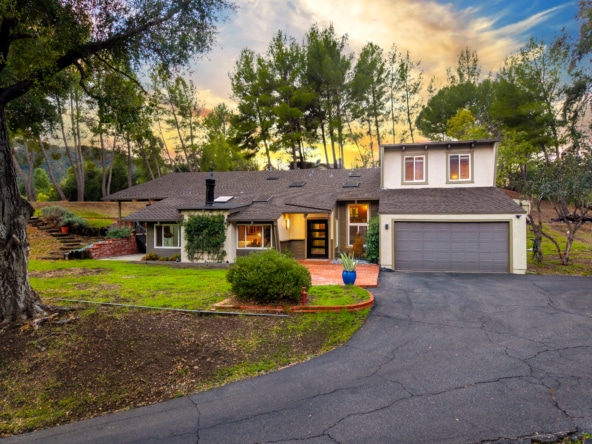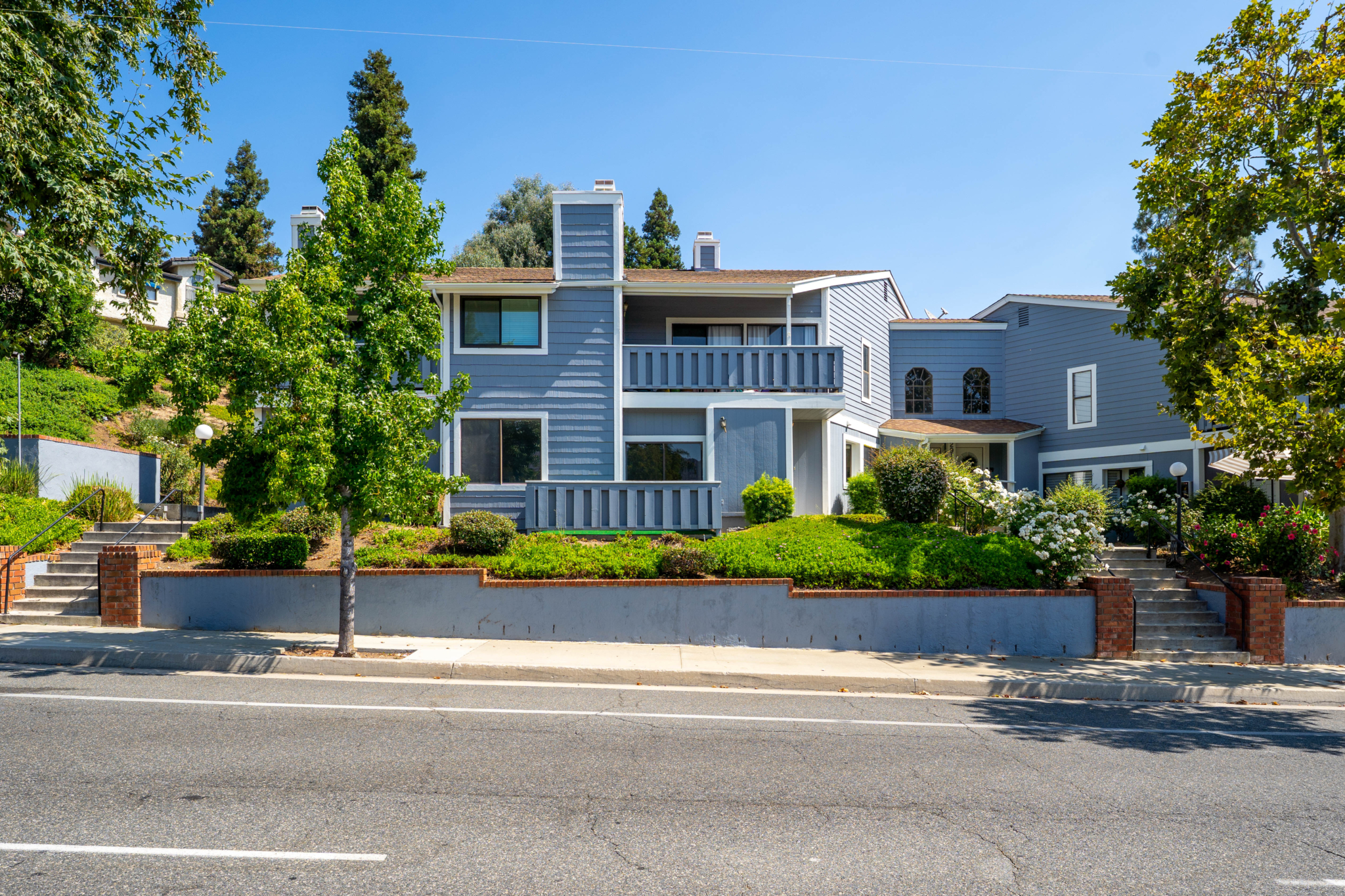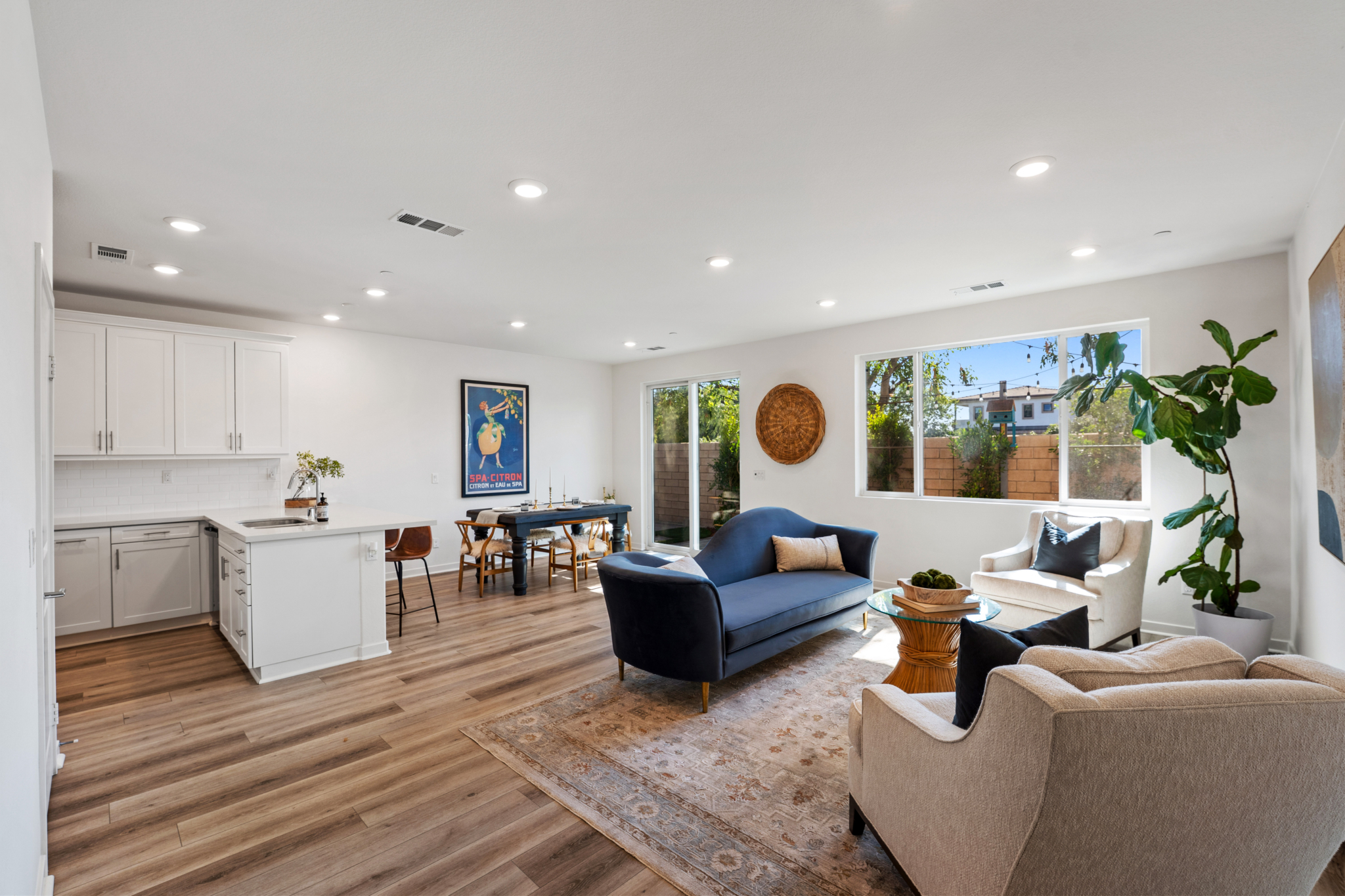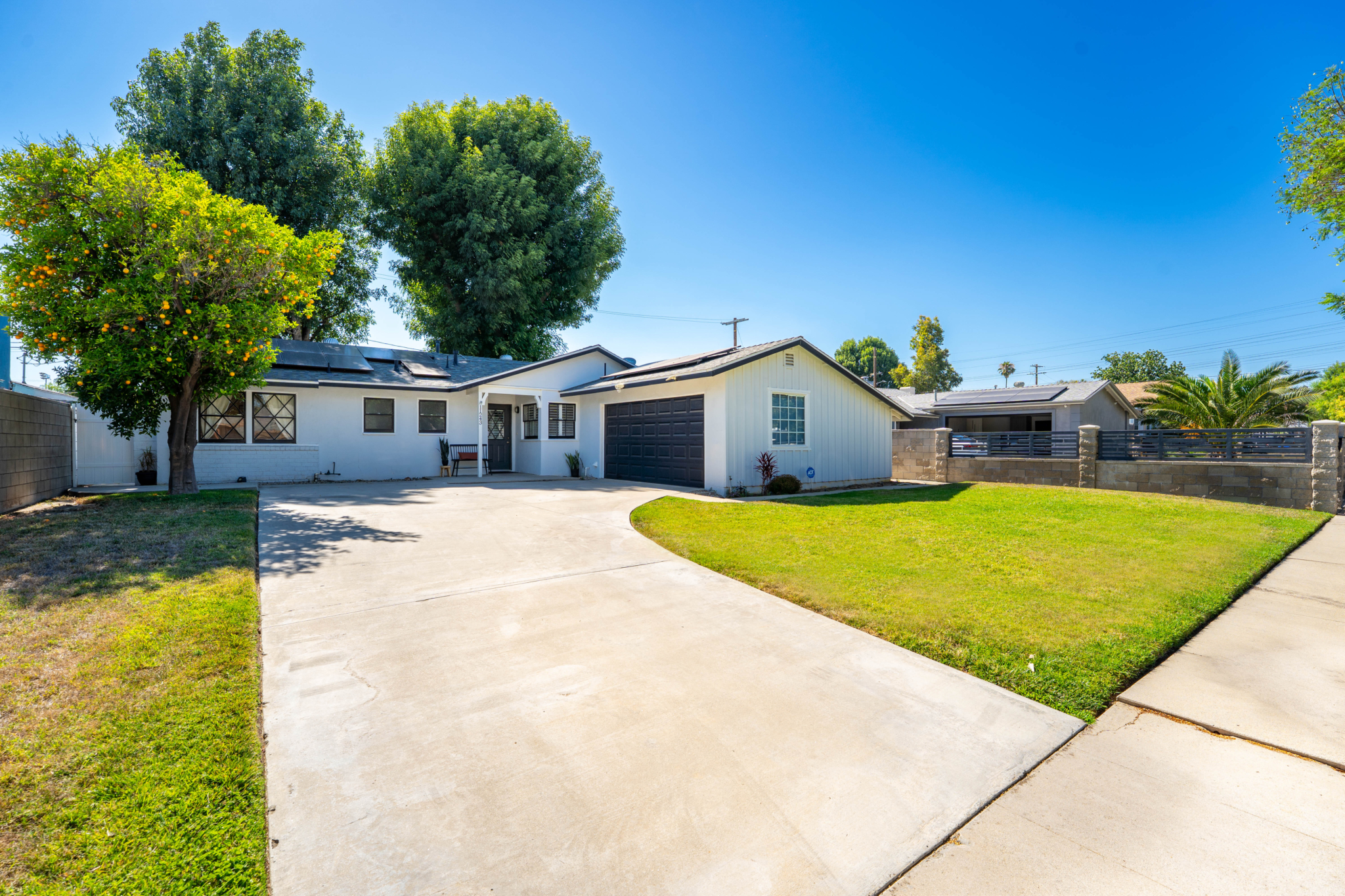Recent headlines have been abuzz with news of the median asking price for homes declining compared to last year, which has caused some confusion. As a buyer or seller, it’s natural to think this signals a drop in prices. However, there’s more to the story.
On a national level, home values are actually increasing, despite the slight dip in median price. Let’s break down what’s really happening so you can better understand the market and avoid getting swept up in the alarm created by the headlines.
Homes on the Market Right Now Are Smaller
The main reason for the drop in the median price is the size of the homes being sold. The median price represents the midpoint of all homes for sale at any given moment, and it’s influenced by the mix of properties on the market.
Here’s a simple way to understand how a median works (see visual below). Imagine you have three coins in your pocket, and you arrange them in order from lowest to highest value. If you have one nickel and two dimes, the median (the middle value) is 10 cents. But if you have two nickels and one dime, the median shifts to five cents.
In both examples, the value of a nickel remains five cents and a dime remains 10 cents. The individual value of each coin didn’t change. The same principle applies to housing.
Right now, there are more smaller, less expensive homes on the market, which is lowering the overall median price. However, this doesn’t mean that home values are decreasing.
As Danielle Hale, Chief Economist at Realtor.com, explains:
“The share of inventory of smaller and more affordable homes has increased, which helps keep the median price down, even as per-square-foot prices continue to rise.”
And here’s the data to back it up.
Price Per Square Foot Is Still Rising
A great way to assess home values is by examining the price per square foot, as it indicates how much you’re paying for the actual space within the home.
The median asking price doesn’t account for the varying sizes of homes, so it may not always represent their true value. According to the latest national data, the price per square foot is still rising, even though the median asking price has declined (see graph below).
As Ralph McLaughlin, Senior Economist at Realtor.com, explains:
“When the shift in inventory towards smaller homes is factored in, the typical home listed this year has actually increased in asking price compared to last year.”
This means that while smaller homes are influencing the median price, the average home’s value is still going up. The Federal Housing Finance Agency (FHFA) confirms this, stating:
“Nationally, the U.S. housing market has seen positive annual appreciation every quarter since the beginning of 2012.”
So, even though headlines might suggest prices are plummeting, there’s no need to worry. A deeper dive into the data shows that home prices are still rising on a national scale.
However, it’s important to note that home prices can vary by region. National trends give an overall picture, but local markets may experience different conditions. A trusted real estate agent can provide insight into what’s happening in your specific area.
Bottom Line
A drop in the median price doesn’t equate to a decline in home values. The median asking price has decreased primarily because of an increase in smaller, more affordable homes on the market.
The key metric to watch is the price per square foot, which is a more accurate reflection of overall market value—and those prices are still rising. If you have any questions about home prices in our area, don’t hesitate to reach out.










